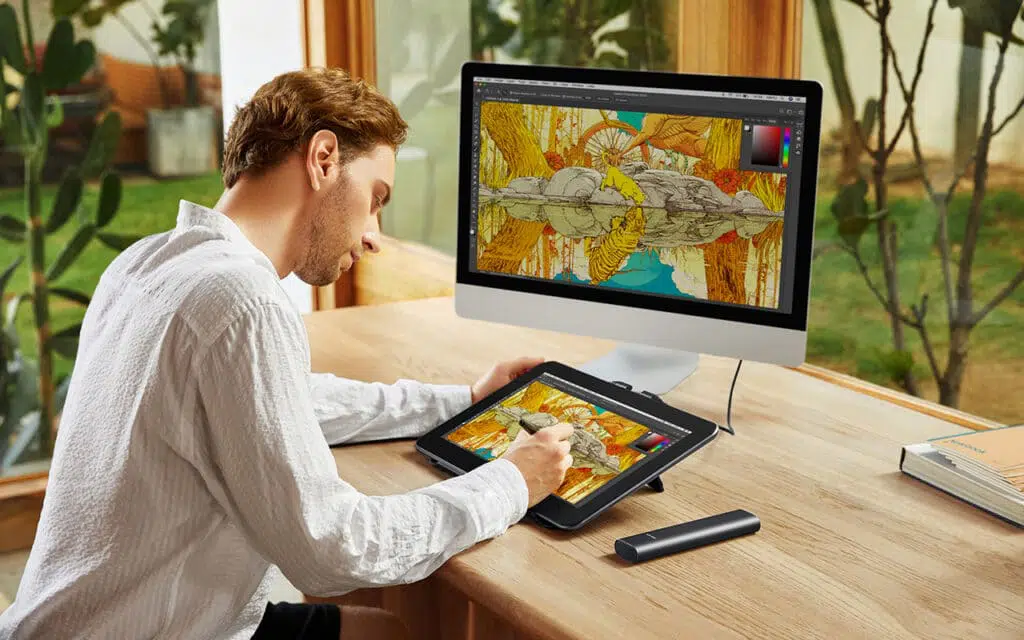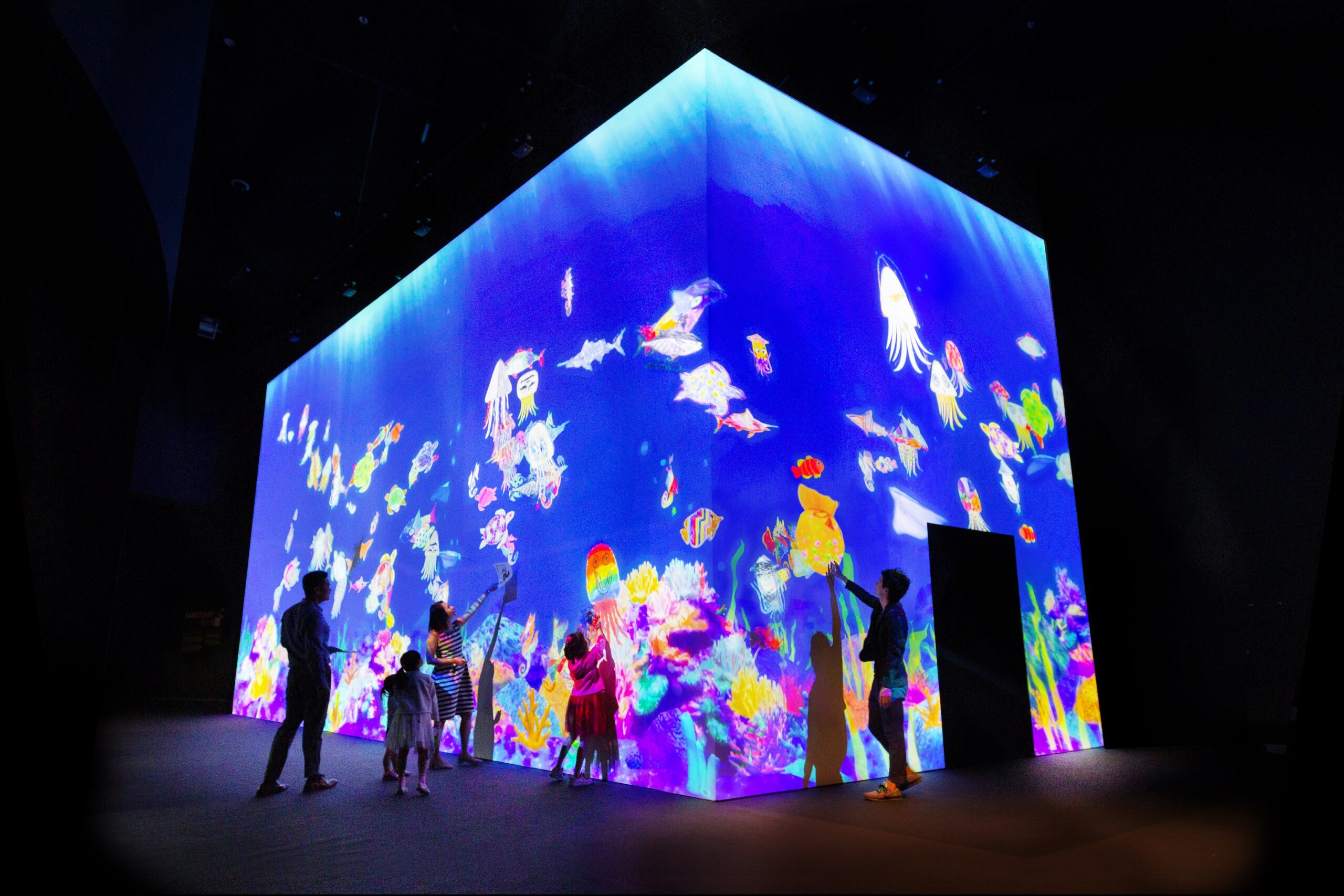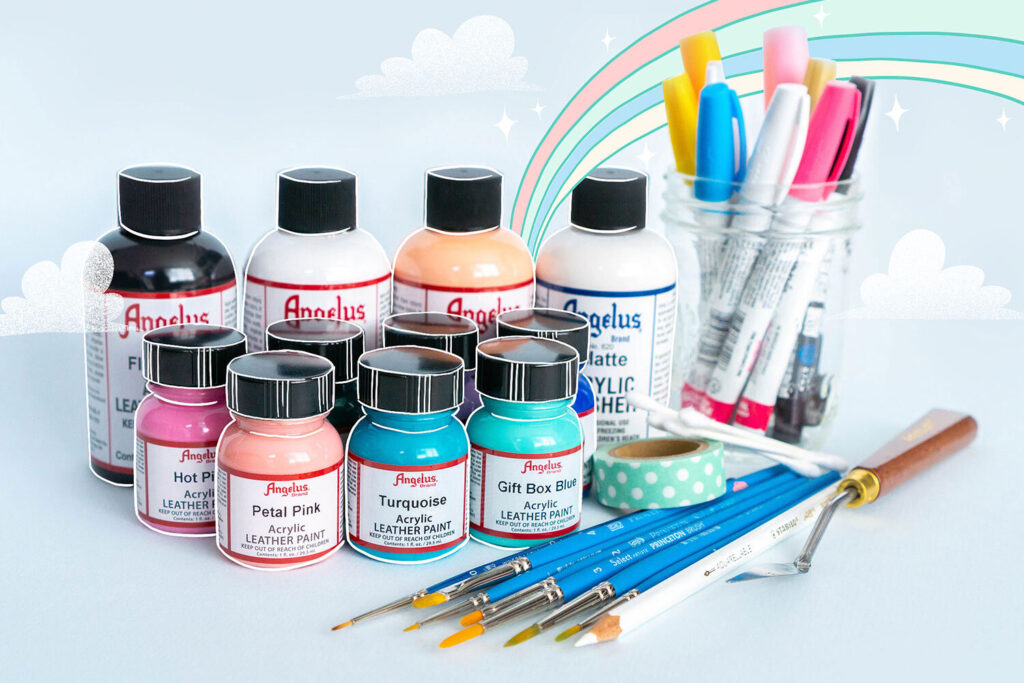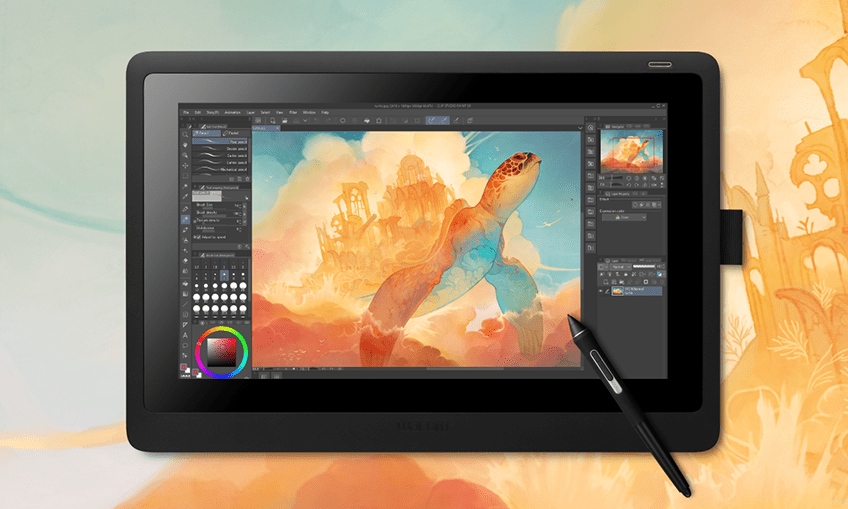Introduction
Within the domain of artistic expression, a significant change is underway. The age-old practice of conventional hand painting with brushes is steadily giving way to the energetic and inventive world of digital art and pixels. “Brushes vs. Pixels: Shift from Traditional to Digital Art” is really important and this shift is inevitable. This move isn’t simply a change in tools but a transformation that’s reshaping the exceptionally nature of creative creation. In this blog, we investigate how computerized craftsmanship is replacing conventional hand painting and the suggestions it has on the craftsmanship world.
The Rise of Advanced Craftsmanship
Digital art has surged in popularity over the past few decades, enabled by headways in innovation. Specialists presently use capable tools like graphic tablets, advanced pens, and advanced software that permit them to form complicated perfect works of art on virtual canvases. This flight from conventional mediums has not as it were extended the possibilities of imaginative expression. It also challenged the ordinary boundaries of craftsmanship itself.
Unlimited Inventive Conceivable outcomes
One of the essential reasons for the rising of advanced craftsmanship is the boundless imaginative conceivable outcomes it offers. Computerized artists can explore with a broad cluster of brushes, surfaces, and impacts, empowering them to form visually dazzling and complex works. The capacity to fix, re-try, and make exact alterations provides a level of control for digital art. This is frequently unattainable in conventional portray, opening doors to unused domains of creativity.
Accessibility and Affordability
Digital art has expanded availability and reasonableness, democratizing the imaginative prepare. Not at all like conventional craftsmanship, which may require costly materials and studio space. A computer and a drawing cushion. This openness has permitted a more extensive run of individuals to take after their imaginative interface, coming about in a more differing and comprehensive craftsmanship community.

The Changing Landscape of Art Galleries
In reaction to the surging popularity of computerized art, conventional craftsmanship galleries are experiencing a transformative move to accommodate this burgeoning medium. The approach of virtual displays and online stages has risen as an urgent space. This is permitting advanced craftsmen to showcase their manifestations on a worldwide arrange. This move not as it were broadening the reach of art but moreover serves as a democratizing drive. Also this is giving presentation to developing abilities who might experience boundaries inside the conventional display system. As the craftsmanship world embraces the advanced age, these advancing stages rethink how craftsmanship is curated, experienced, and shared, reflecting an energetic and comprehensive scene that expands past the limits of physical exhibition dividers.

Efficiency and Eco Friendliness
Digital art is very efficient and eco-friendly, making it ideal for the fast-paced digital age. Artists can save time by quickly replicating elements, experimenting with new compositions, and iterating over ideas. Furthermore, the environmentally friendly component of digital art should not be disregarded. The diminish of physical materials utilized in customary craftsmanship forms, as well as the end of destructive chemicals, all contribute to a more economical creative hone.

Challenges and Controversies
Whereas the rise of digital art brings forward a huge number of points of interest. This it without its controversies inside the craftsmanship community. Advocates of conventional art argue that the material and substantial nature of physical mediums is crucial, emphasizing the special association between the craftsman and the genuine canvas. The concerns around the genuineness and reproducibility of computerized craftsmanship raise complicated questions encompassing ownership and esteem within the computerized domain. As the talk about unfolds, the clash between the substantial and the virtual proceeds to emphasize the complexities. This also subtleties of this transformative move in aesthetic practice.
Conclusion
The move from conventional hand painting to digital art speaks to a significant advancement within the creative scene. The rise of digital art is fueled by its openness, proficiency, and expansive inventive potential. This is making it progressively central to modern creative expression. The persistent headway of innovation guarantees to grow the skylines of the computerized medium, advertising craftsmen uncommon openings for investigation and development. As pixels and calculations mix on the advanced canvas, it becomes clear that the end of craftsmanship is inextricably linked to the limitless possibilities that the advanced domain offers, bringing in a modern era of innovative ingenuity and expression.
https://theartofeducation.edu/2019/05/digital-vs-traditional-art-is-one-better-than-the-other/

